Reviewed by Julianne Ngirngir
The compact tablet space is about to get a major shakeup, and Apple's iPad mini is leading the charge. With Samsung Display reportedly developing sample 8-inch OLED panels for the next iPad mini, we're looking at what could be the most significant upgrade to Apple's smallest tablet in years. The timing couldn't be more interesting—Apple is currently evaluating these new display prototypes while the current seventh-generation model, released in October 2024, is still fresh on shelves. But here's what's got tech enthusiasts buzzing: leaked code suggests the iPad mini 8 won't just get OLED—it's also rumored to pack Apple's upcoming A19 Pro chip, potentially making this tiny tablet a powerhouse that punches way above its weight class.
What makes OLED such a game-changer for iPad mini?
Let's break down why this display upgrade is more than just marketing hype. OLED panels can individually control each pixel, delivering more precise color reproduction and those inky blacks that make content pop off the screen. But here's the catch—to keep costs manageable, Apple may use single-stack LTPS OLED panels rather than the premium tandem OLED found in the iPad Pro.
What does this mean for everyday use? You'll still get superior contrast, faster response times, and better viewing angles compared to the current LCD display. However, don't expect ProMotion's 120Hz refresh rate—the next iPad mini will likely stick with 60Hz to maintain its positioning in Apple's lineup. The current model's 8.3-inch display maxes out at 500 nits, so even a modest brightness improvement with OLED would be noticeable.
Think about real-world scenarios: reading in bright sunlight, editing photos with accurate color representation, or watching HDR content during those long commutes. These are areas where OLED's superior contrast ratio and color accuracy make a tangible difference in a compact tablet that often serves as an on-the-go creative tool.
A19 Pro: The chip that changes everything
Here's where things get really interesting. According to MacRumors' code leak discovery, the iPad mini 8 is set to feature Apple's A19 Pro processor—the same chip destined for the iPhone 17 Pro lineup. This represents a massive leap from the current model's A17 Pro, which itself was a significant upgrade from the previous generation's A15 Bionic chip.
Why does this matter? The A19 Pro will likely bring enhanced AI capabilities, improved graphics performance, and better power efficiency. This generational jump could transform the iPad mini 8 into a legitimate pro-level creative workstation. The current iPad mini 7 already impressed with its A17 Pro chip supporting hardware-accelerated ray tracing and 8GB of RAM for Apple Intelligence.
With the A19 Pro, expect even more sophisticated AI features and possibly new capabilities we haven't seen yet. The timing aligns perfectly with Apple's broader AI strategy, positioning the iPad mini as a capable device for on-device machine learning tasks. The current A17 Pro already supports a 16-core Neural Engine that's twice as fast as the one in the A15 chip, so the A19 Pro should enable real-time 4K video editing, complex 3D modeling workflows, and advanced photo processing that would have required a MacBook just a few years ago.
Think about it this way: architects sketching building designs with instant 3D rendering, photographers processing RAW files with AI-powered noise reduction, or students running complex scientific simulations—all from a device that weighs less than a hardcover book.
Production timeline and what it means for release dates
The production schedule reveals Apple's strategic approach to transforming its entire tablet lineup. Samsung Display plans to mass produce OLED panels in the second half of 2025 at their Cheonan facility, but that doesn't mean we'll see the device immediately. Multiple reports suggest the iPad mini 8 won't arrive before 2026, with some analysts pointing to late 2026 as the most likely timeframe.
This extended timeline makes sense when you consider Apple's broader OLED rollout strategy. The company is gradually transitioning all its devices to OLED, starting with premium models and working down the lineup. Currently, only the iPhone, Apple Watch, and iPad Pro feature OLED displays.
This timing also suggests Apple is using the iPad mini as a testing ground for cost-effective OLED implementation across its mid-tier devices. By perfecting single-stack OLED production at scale, Apple can potentially bring OLED to more affordable iPads while maintaining healthy profit margins. The success of the iPad mini 8's OLED implementation will likely influence the entire iPad roadmap for years to come.
Design evolution and feature expectations
While the display and processor grab headlines, other aspects of the iPad mini 8 deserve attention. Reports suggest reduced bezels could increase screen size from 8.3 to 8.7 inches without enlarging the overall footprint. A thinner and lighter build is also expected, continuing Apple's trend toward more portable devices.
The current iPad mini 7 already supports Apple Pencil Pro and USB-C Apple Pencil, so expect these accessories to remain compatible. However, don't expect major camera upgrades—the current 12MP rear and front cameras are likely sufficient for the target market.
One area where Apple might surprise us is connectivity. The current model features Wi-Fi 6E and USB-C 3.1 Gen 2 with 10Gbps data transfer speeds. The iPad mini 8 could potentially add Wi-Fi 7 support, aligning with Apple's latest devices.
The design language will likely remain consistent with the current generation—that means the same all-screen design with squared-off edges and Touch ID fingerprint scanner in the top power button. Apple's not broken this formula yet, and there's no compelling reason to change it for the iPad mini 8.
What's really exciting is the potential for improved battery life. The current model delivers up to 10 hours of web surfing or video watching, but OLED's efficiency improvements combined with the A19 Pro's better power management could push this to 12+ hours for typical use cases.
Where does this leave potential buyers?
Bottom line: if you're considering an iPad mini upgrade, the timing of your purchase matters more than ever. Anyone looking to upgrade from an older iPad mini would be well advised to wait, especially given the significant improvements coming with OLED and the A19 Pro. The current iPad mini 7, while excellent, represents more of an incremental update focused on AI capabilities rather than a fundamental redesign.
The inclusion of OLED technology and advanced chipsets is expected to result in a price increase, so budget-conscious buyers might want to consider the current model while it's available. However, for those who can wait and want the latest technology, the iPad mini 8 scheduled for late 2026 promises to be worth the patience.
Here's my take: if you're using an iPad mini 6 or older, the current iPad mini 7 is still a solid upgrade that will serve you well for years. But if you're not in a rush and want the absolute best compact tablet experience, waiting for the iPad mini 8 makes sense. The combination of OLED and A19 Pro represents the kind of generational leap that doesn't come along every year.
For creative professionals, students, and anyone who values true portability without sacrificing performance, the iPad mini 8 could be a game-changer. We're talking about a device that could handle 4K video editing, complex 3D modeling, and advanced AI workloads—all while fitting in a small bag or large pocket.
The iPad mini has always occupied a unique position in Apple's lineup—small enough for true portability, powerful enough for serious work. With OLED and the A19 Pro, it's poised to become an even more compelling choice for users who value performance in a compact form factor. The wait until late 2026 might feel long, but if these rumors prove accurate, it'll be worth it.







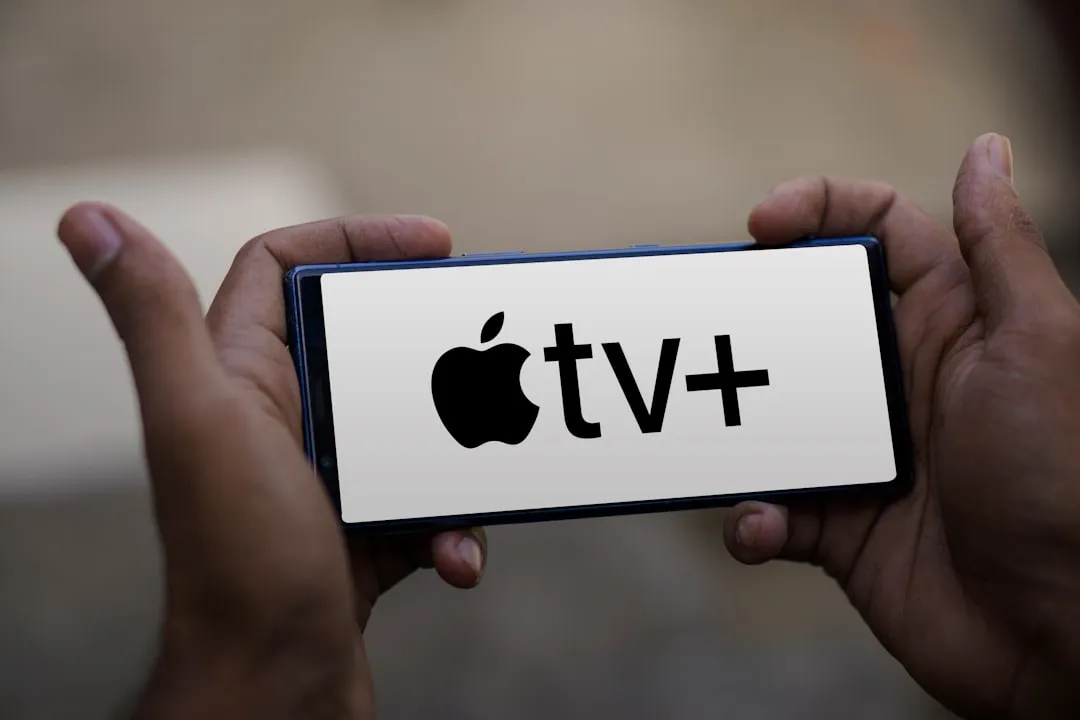
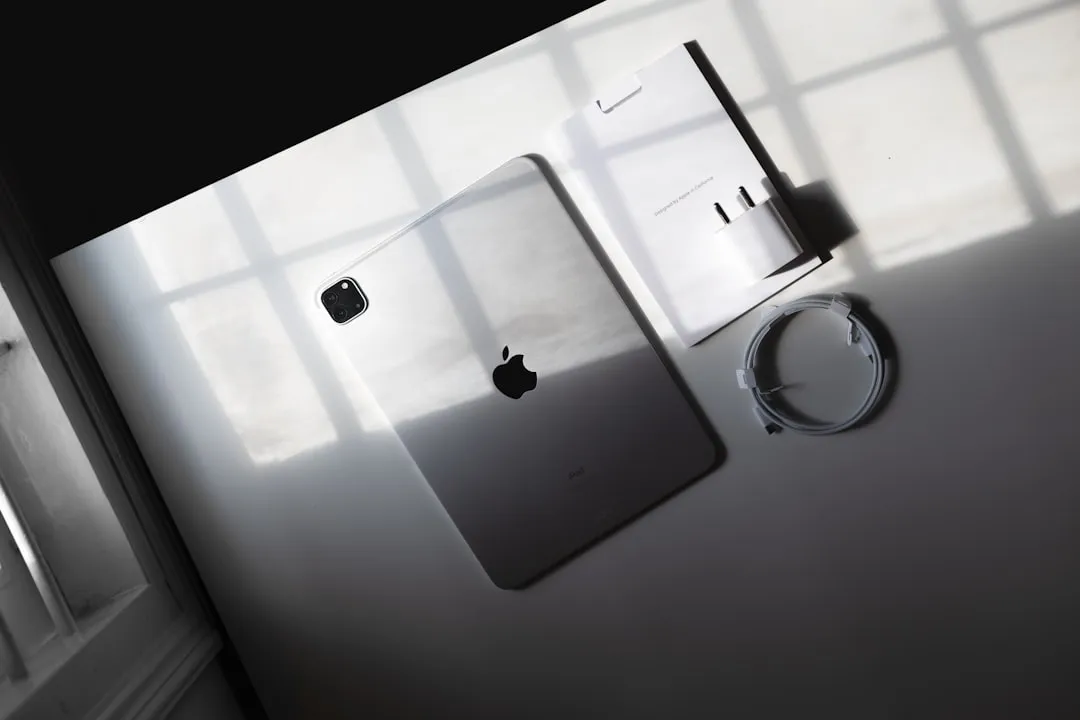

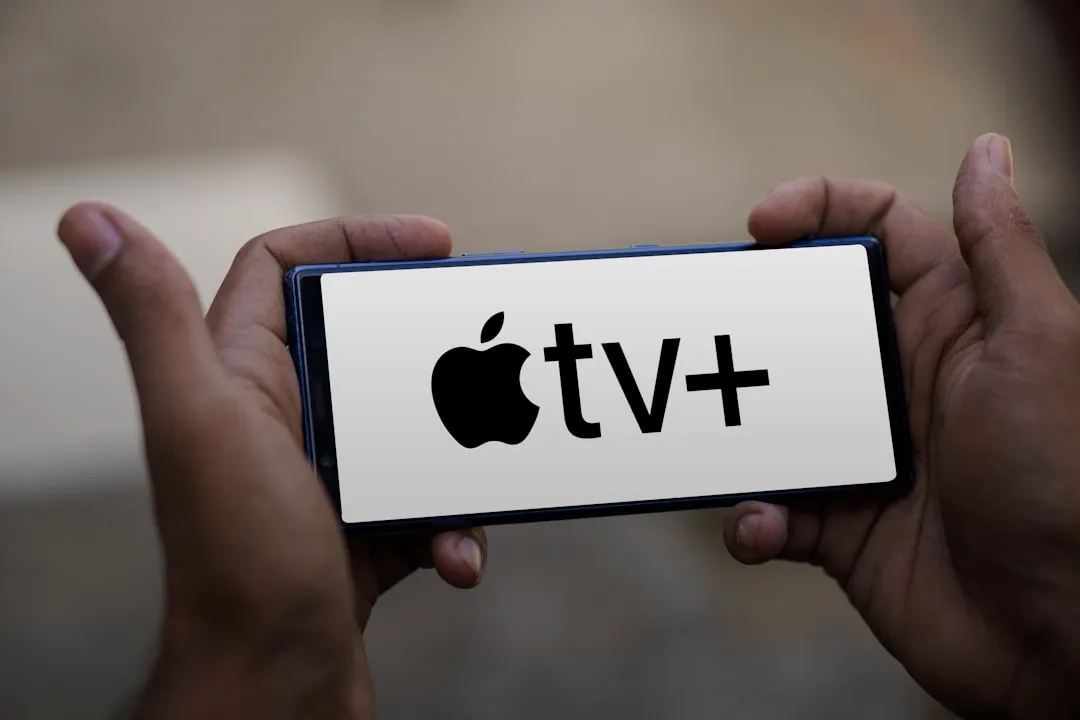

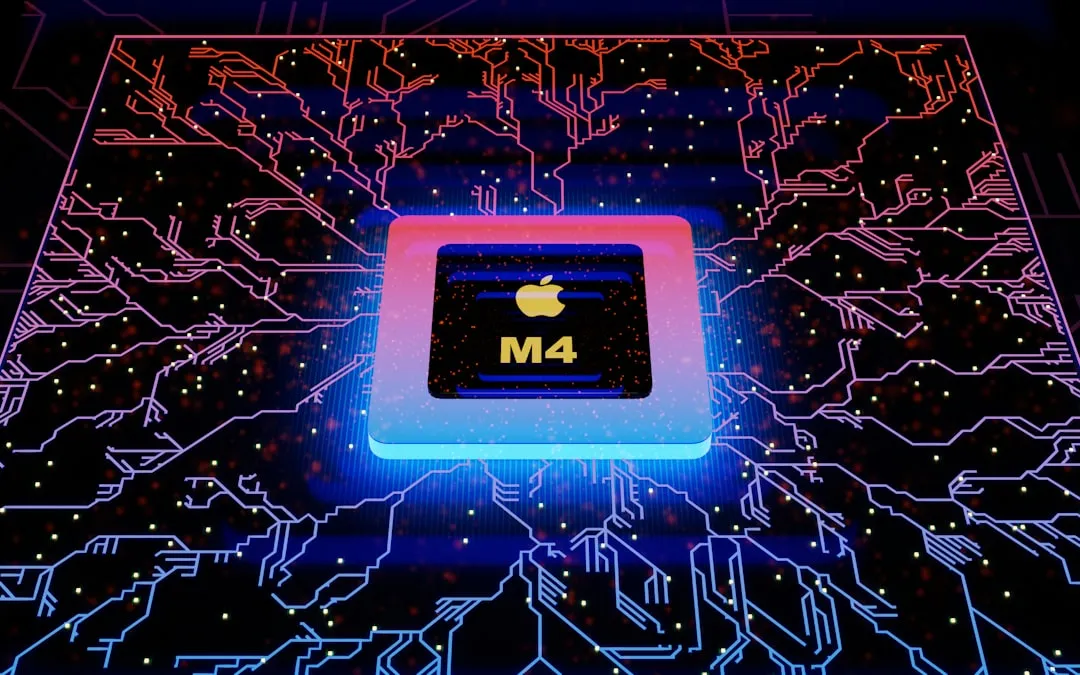
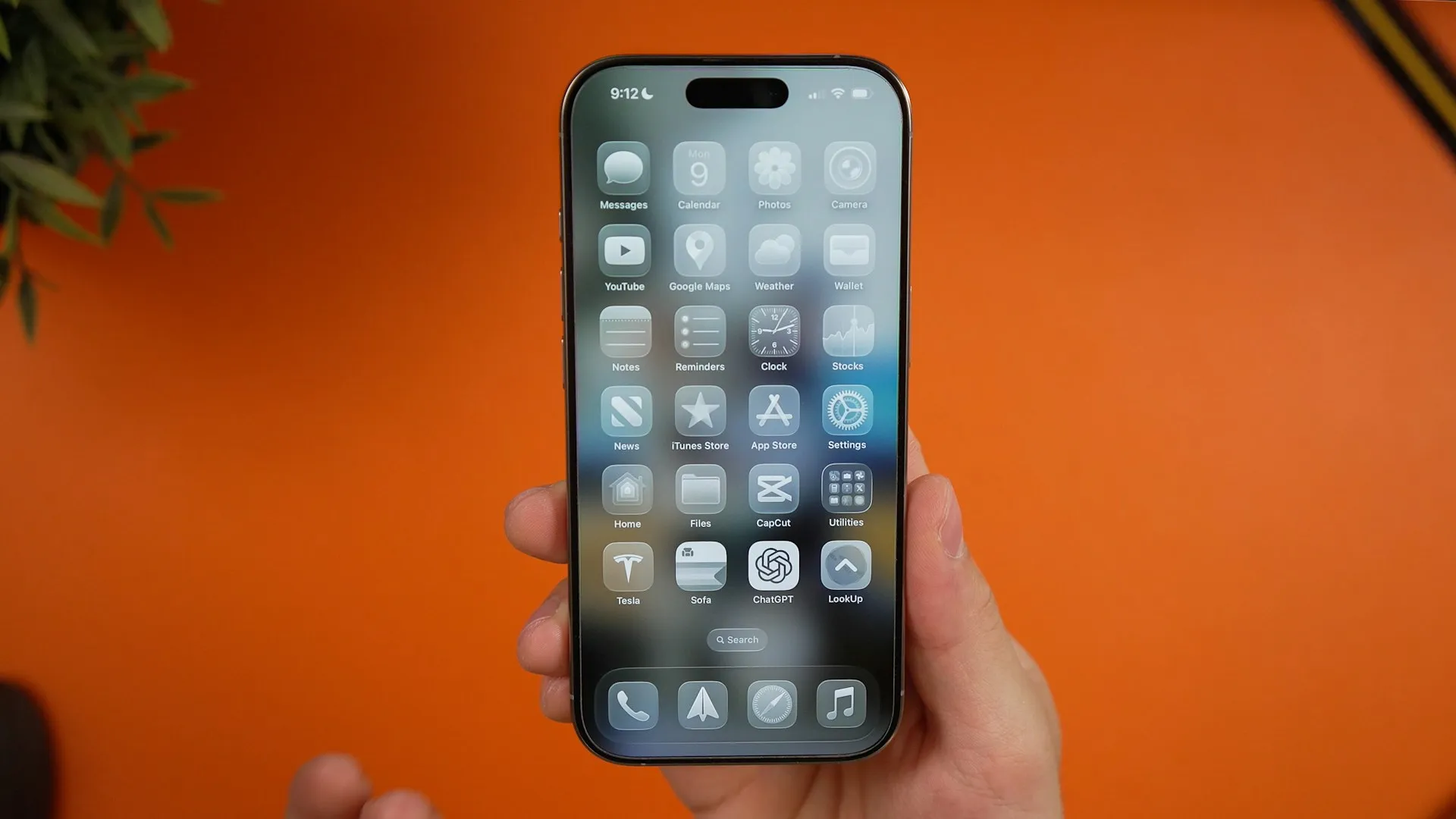

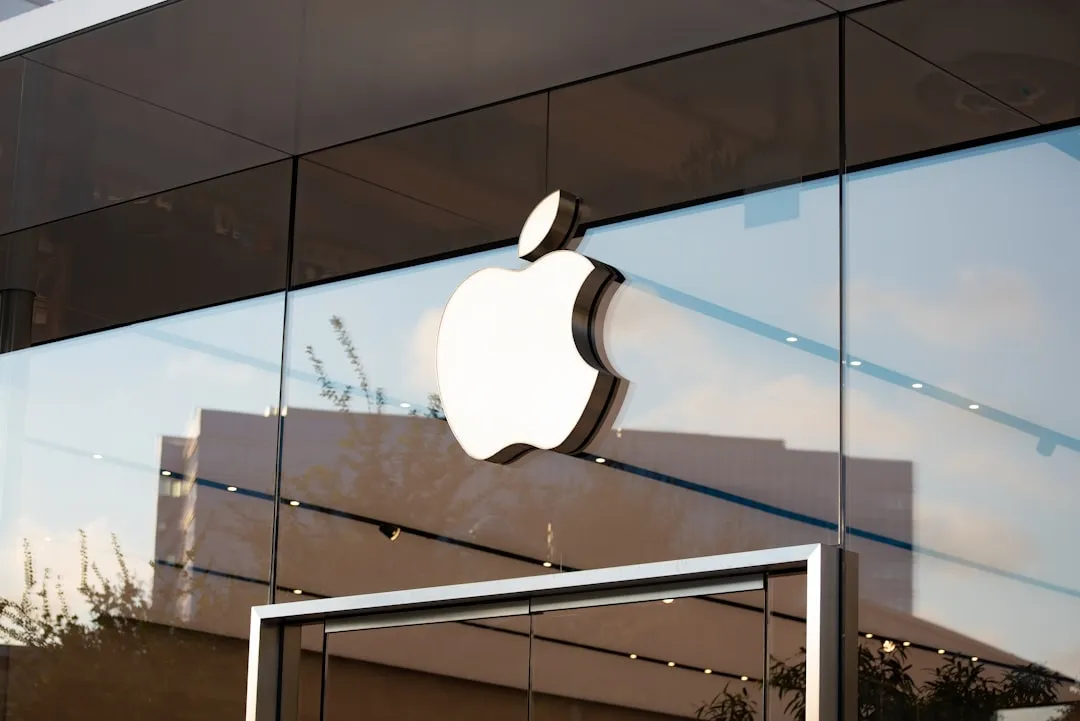



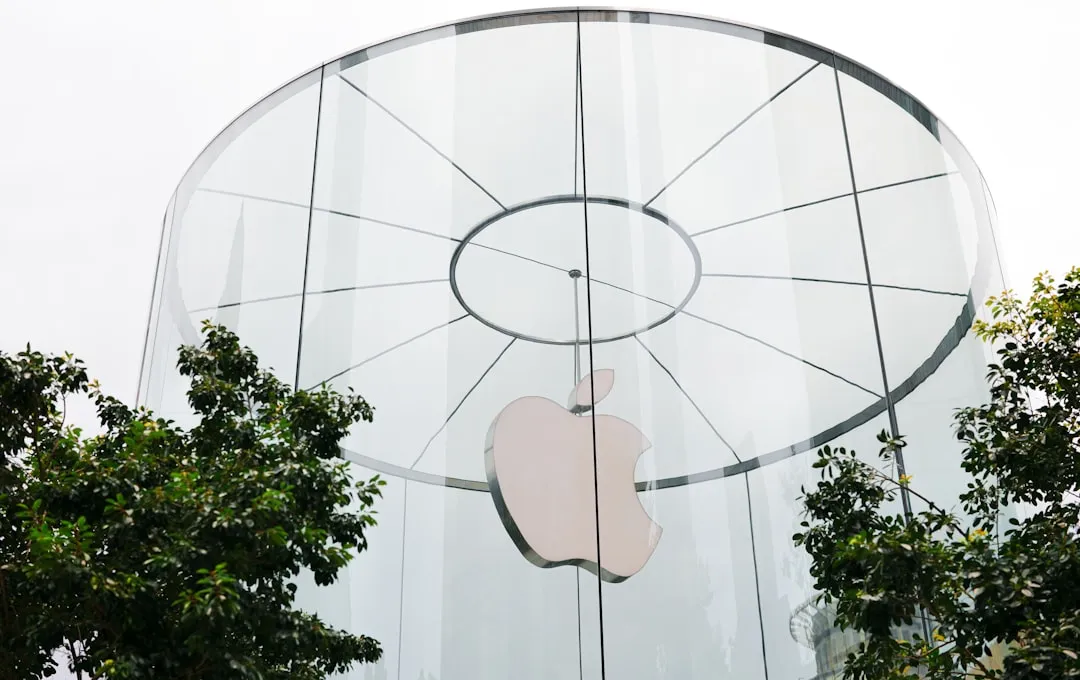
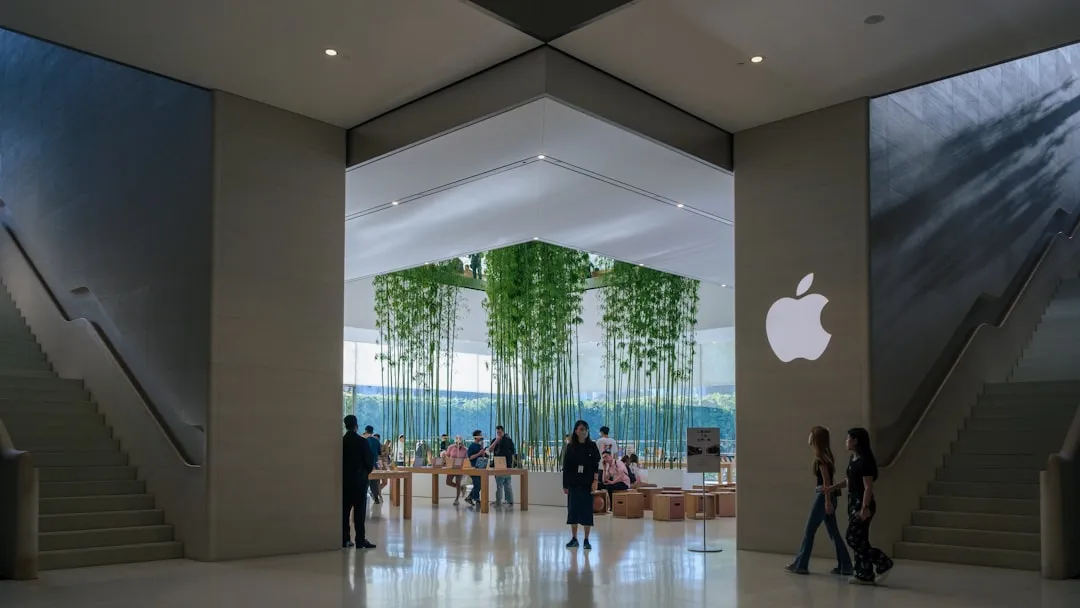

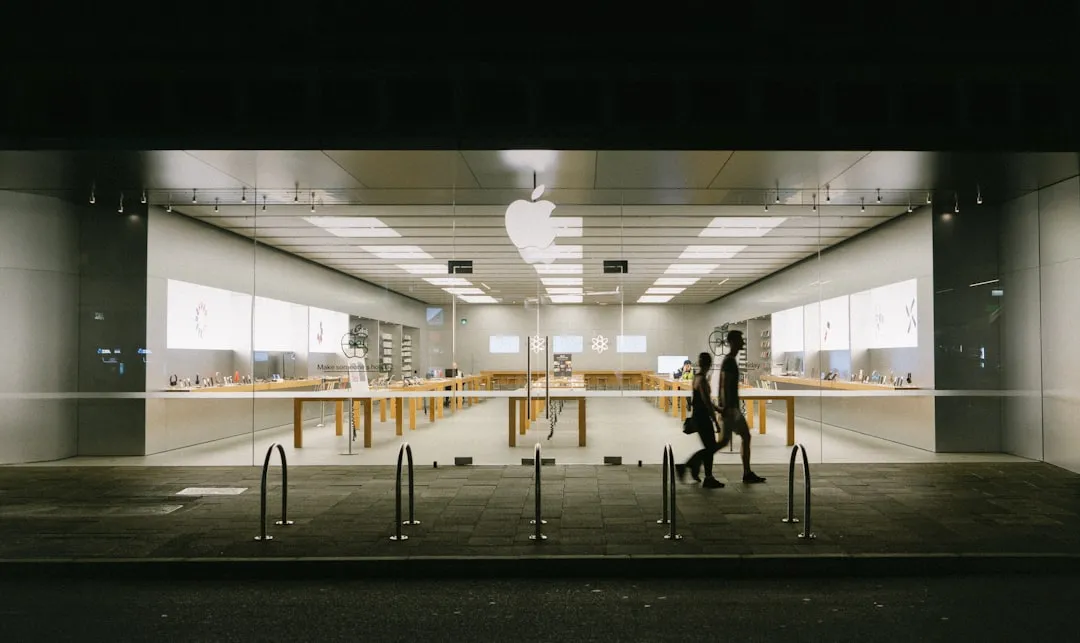



Comments
Be the first, drop a comment!